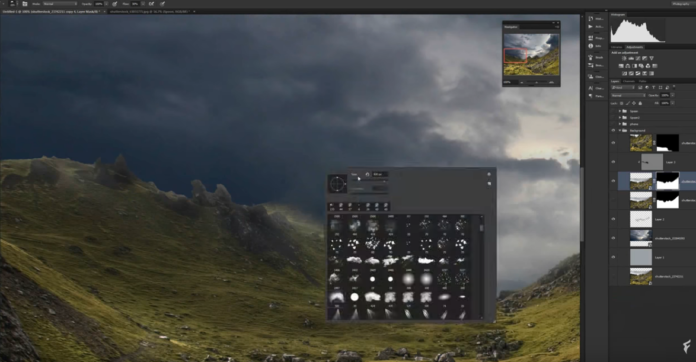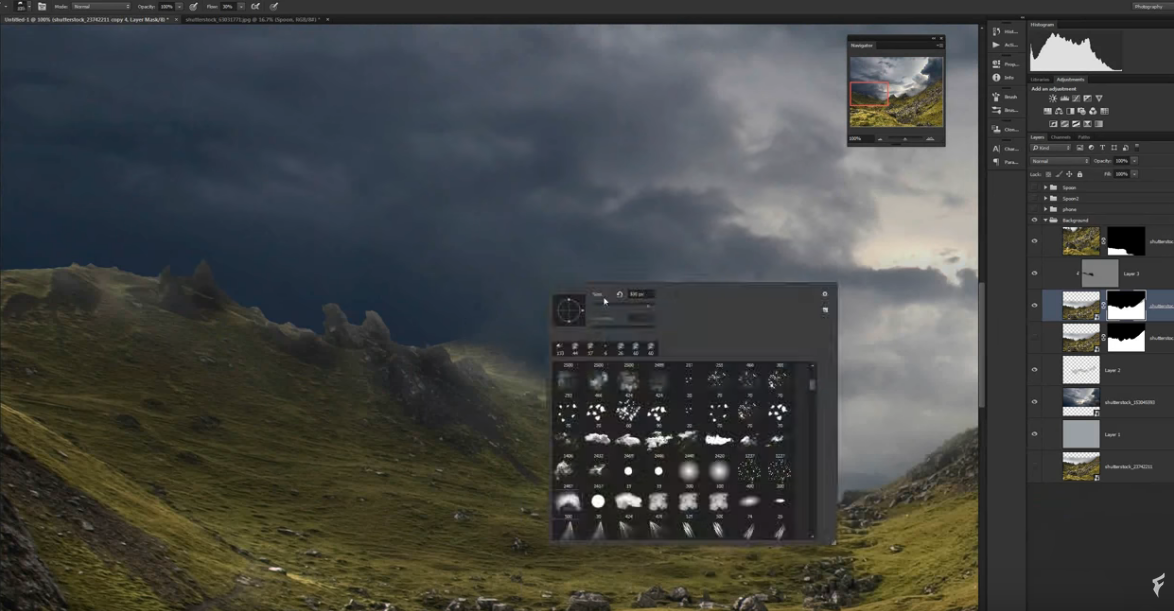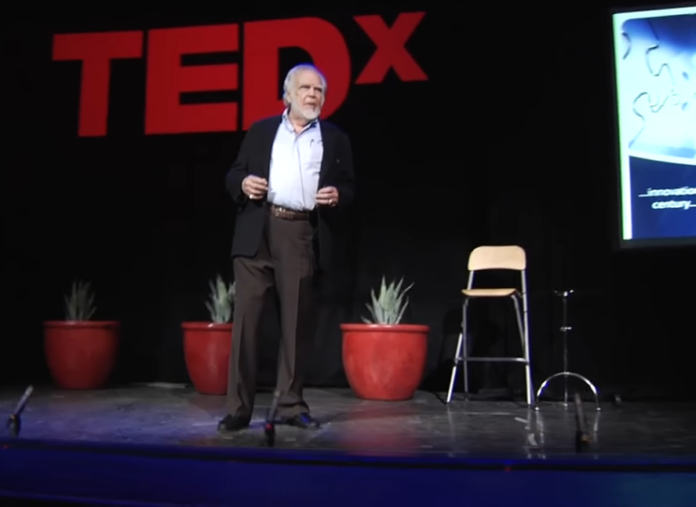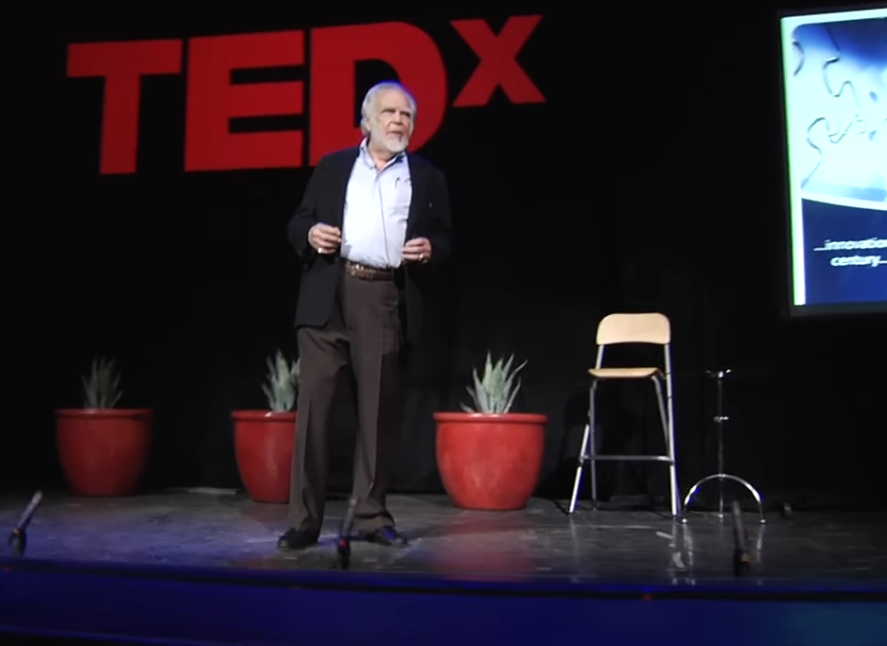The cycle that never seems to change: Sometimes I’ll get out there on the interwebs and notice it’s always the same people that complain about all of the same things over and over again. Whether it be fear induced by the modern faux news media, or another less than substantial political talking point, here they are, devolving into an ever increasing angst.
Seems that they often experience a particular problem multiple times over and wonder why we have to deal with it repeatedly. Our thoughts and feelings often create our reality and govern our lives. And sometimes they are what create problems for us.
Often, it seems, we develop such a strong negative focus that we end up attracting the same problem over and over and over again. So if you feel like you’ve been facing the same problem on a loop, think about what negative influence you are embracing intentionally or otherwise. If you are frequently facing similar problems there may be a particular behavior of yours at play.
Here are some common negative influencers that make you attract problems and even the same issues time after time.
Obsessively thinking about the problem
While worrying is an evolutionary trait that is critical for our survival, too much worrying is always a harmful thing. Worrying about our problems imprints those very issues into our brains and we soon find that we’re too deeply involved in the problem to be thinking of a solution.
My friends always seem to get after me because I might not express the same angst or worry that they’re expressing — They say that it appears to them that I don’t care. The fact of the matter here is that I do have many of the same concerns or cares that they have — I just don’t let the latest political flavor of the day rule the way I think and do things. I’m not defined by anything anybody might say about any so-called deal of the day on the internet.
I understand that controlling one’s thoughts is easier said than done, simply distracting yourself from having intentional thoughts about whatever the issue is at hand can make a world of difference in your overall handling of the situation.
For this, we can form a deliberate distraction.
For instance, one can always do something nice for someone, smile at a stranger, say hi, help someone out anonymously, and by anonymously I mean telling no one about it.
After a while of doing this sort of stuff, you’ll find that you can meet your greatly diminished angst with a bit more focus and tact.
You could call an old friend, watch a movie, or even practice an instrument you haven’t picked up in a while. As long as it helps you shift focus and create a happy distraction, practice it until you’re ready to think about things with a clear head and not ‘worry’ about it.
With enough practice, you will learn to create a distraction to the obsessive overthinking.
Acting out of fear
Our actions can affect our vibe and in turn, alter our beliefs. Our actions often mirror what’s brewing inside of us and reflect our vibe. This sort of thing can be handled by making small seemingly insignificant changes.
For instance, when we’re feeling low, simply putting on a smile can give a much needed positive emotional boost that can make us feel better overall.
Our moods and actions are often in tandem with each other, hence our actions mostly reflect how we’re feeling inside.
When we’re struggling with similar issues time and again, we tend to feel frustrated and wary about the problem repeating itself.
We start to tread with caution in fear of history repeating itself.
For instance, if you log into the internet, you might fear that you’ll get into and argument with a Trump or a Biden supporter.
You already know what you’re going to say and that might bother you a bit.
You might worry that you’re going to continue the cycle, because by now you just seem to know that your politics has already defined you.
You don’t have to be defined by the talking points of the day. You can just as easily express your concern over a matter and be done with it.
Spend the rest of your day on the net posting pictures of pretty flowers or something.
If you fear too much about what “might” happen, you are subconsciously sending a message to the universe that something is constantly on your mind and it ends up happening.
All over again.
Complaining or talking about the problem
One of the strongest reasons we tend to attract problems repeatedly is that we talk a lot about the problem and in turn, this creates a negative environment around us and attracts more and more negativity as time goes by.
Seems sometimes we just can’t even help it. It’s as if it’s almost addictive to share one’s issues just to vent or simply dump our worries on someone else.
Constantly complaining about always ending up with the wrong partner, being stuck in a boring job, or of how everyone hates your chosen lifestyle will get you accustomed to the habit of perennially complaining.
Over time, with each complaint, you add an ounce of negativity to your emotion box until one day it seems too full and it becomes your entirety — it becomes your negative state of being.
Your valid argument will become much less valid, and your credibility will become much less credible.
Soon, people might quit listening to you about things that might actually really make a difference.
The cycle that never changes, never will change, unless you make the conscious effort to change it.
Thanks for the read.
Happy Trails.

 In 1990, McKennitt provided the music for the National Film Board of Canada documentary The Burning Times, a feminist revisionist account of the Early Modern European witchcraft trials. She and the musical team she headed would later re-record the documentary’s main theme on her album The Visit under the title “Tango to Evora”.
In 1990, McKennitt provided the music for the National Film Board of Canada documentary The Burning Times, a feminist revisionist account of the Early Modern European witchcraft trials. She and the musical team she headed would later re-record the documentary’s main theme on her album The Visit under the title “Tango to Evora”.







